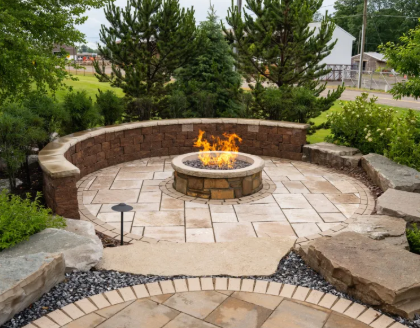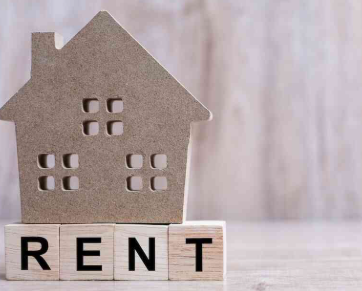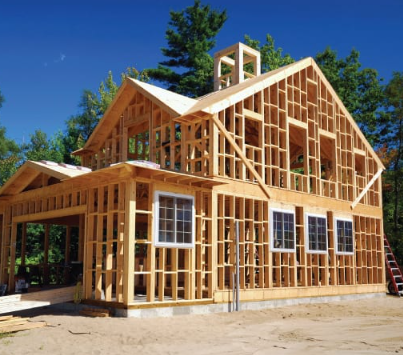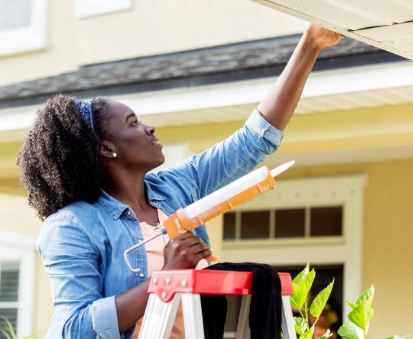Roof repair is essential for every homeowner. Early maintenance saves money and prevents serious damage later.
Recognizing the Importance of Emergency Roof Leak Repair
When it comes to maintaining a home, many homeowners underestimate the urgency of roof issues. An emergency roof leak repair is not just about stopping water from dripping; it’s a critical step in preventing structural damage and mold growth that often go unnoticed in early stages. Immediate attention to leaks, especially during heavy rain or storms, can prevent costly repairs down the line. Knowing how to spot early signs can save time and money while keeping your home safe.
Understanding Hidden Roof Damage Beyond the Surface
More homeowners focus on visible damage like missing shingles or obvious holes. However, roof deterioration often begins beneath the surface. For example, trapped moisture under shingles or in the roof deck can lead to rot and weaken structural integrity. Inspecting attic spaces for signs of water intrusion or staining on insulation provides insights that exterior checks miss. Identifying these subtle issues early is key to comprehensive roof maintenance.
The Role of Flashing in Preventing Roof Leaks
Flashing, the metal material installed around chimneys, vents, and skylights, plays a critical but often overlooked role in roof durability. Poorly installed or deteriorated flashing is a common source of leaks that standard shingle repairs won’t fix. Homeowners should understand that maintaining or replacing flashing is an essential part of effective roof repair, particularly after severe weather events. Ignoring flashing can lead to persistent leaks despite other repairs.
How Roof Ventilation Affects Longevity and Leak Prevention
Proper roof ventilation helps regulate temperature and moisture levels in the attic, directly impacting roof health. Insufficient ventilation can cause heat buildup, which accelerates shingle aging and increases the likelihood of leaks. Additionally, excess moisture can encourage mold and mildew growth. Homeowners often overlook ventilation issues, but checking vents, soffits, and ridge caps can reveal problems that contribute to roof failure.
Identifying Roof Leak Sources That Aren’t Obvious
Leaks do not always occur directly under visible damage. Water can travel along beams or through insulation before appearing inside the home. For example, small cracks around skylights or gaps in roof valleys can allow water entry far from where stains appear on ceilings. Understanding water’s pathways helps homeowners and professionals locate and address leaks more accurately, ensuring repairs target the root cause rather than symptoms.
The Impact of Seasonal Changes on Roof Maintenance Needs
Seasonal weather shifts influence the type and frequency of roof issues. In colder climates, freeze-thaw cycles can cause shingles to crack or lift, while warmer months may bring heavy rains that test the roof’s waterproofing. Recognizing these seasonal effects helps homeowners plan maintenance tasks effectively. For instance, late fall inspections to clear debris and check seals can prepare roofs for winter challenges.
Integrating Roof Maintenance with Home Energy Efficiency
A well-maintained roof contributes to home energy efficiency by supporting proper insulation and ventilation. Damaged roofs or leaks can lead to energy loss through air and moisture infiltration. Sealing gaps and maintaining shingles not only protects the structure but also improves heating and cooling efficiency. Homeowners aiming for energy-conscious living benefit from including roof upkeep in their overall home care routine.
Addressing Emergency Roof Leak Repair Safely and Efficiently
When facing an active roof leak, safety should be a homeowner’s primary concern. Temporary fixes like tarps or sealants can provide short-term relief but must be applied correctly to avoid further damage. Understanding the limitations of these measures is important to prevent unsafe conditions, such as slippery surfaces or compromised roof stability. Promptly consulting professionals for thorough repairs ensures the problem is fully resolved.
Evaluating Roofing Materials for Durability and Repair Needs
Different roofing materials age and respond to damage differently. For example, asphalt shingles may wear out faster in hot climates, while metal roofs resist impacts but require specific maintenance to prevent rust. Knowing the strengths and weaknesses of your roofing material helps prioritize inspection areas and repair strategies. Tailoring maintenance based on material type increases the effectiveness of repair efforts.
Planning Long-Term Roof Care to Avoid Unexpected Failures
A proactive approach to roof repair and maintenance includes scheduling regular inspections, especially after major storms or weather events. Keeping detailed records of repairs, materials used, and inspection dates aids in forecasting future needs. Homeowners benefit from understanding that roofs are long-term investments requiring ongoing attention to prevent sudden, costly failures that can disrupt daily life.





